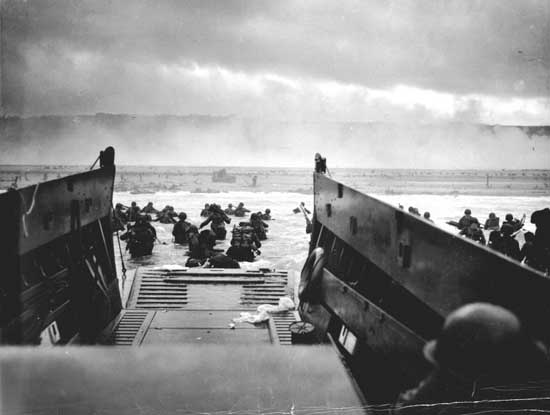1.D-Day was originally scheduled for June 5, but the weather did not cooperate. The operation was pushed back to June 6, 1944.
2.The D-Day invasion involved 5,000 ships carrying men and vehicles across the English Channel as well as 800 planes dropping over 13,000 men in parachutes. A further 300 planes dropped bombs on German troops defending the beaches. Over 100,000 Allied troops made it to shore that day.
3.The most difficult landing of D-Day was at Omaha beach. Navigation problems resulted in many men drowning before they reached land. Omaha Beach also had the largest amount of German troops and the fighting was fierce.





